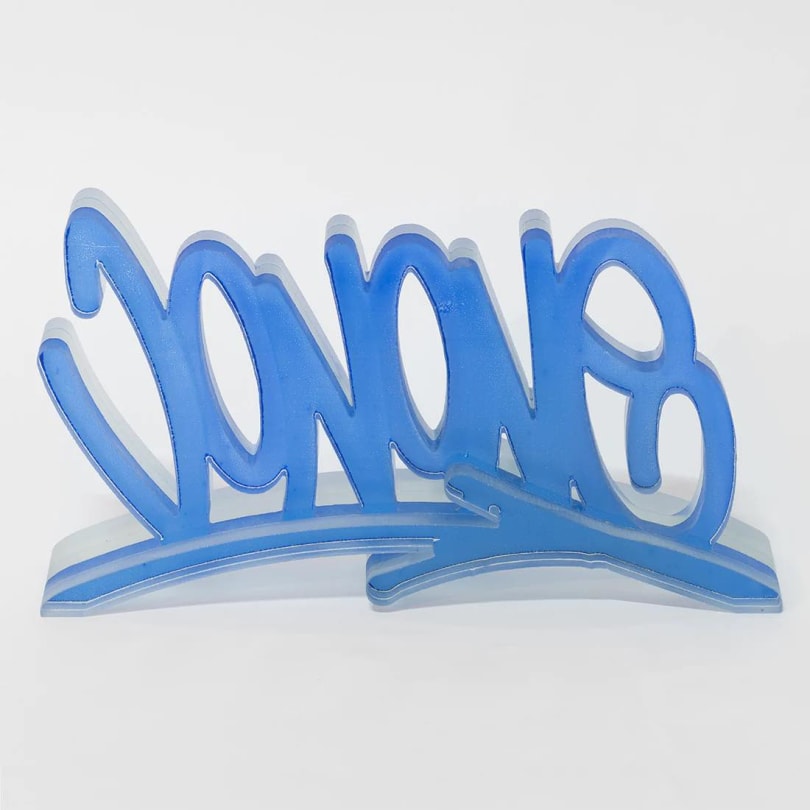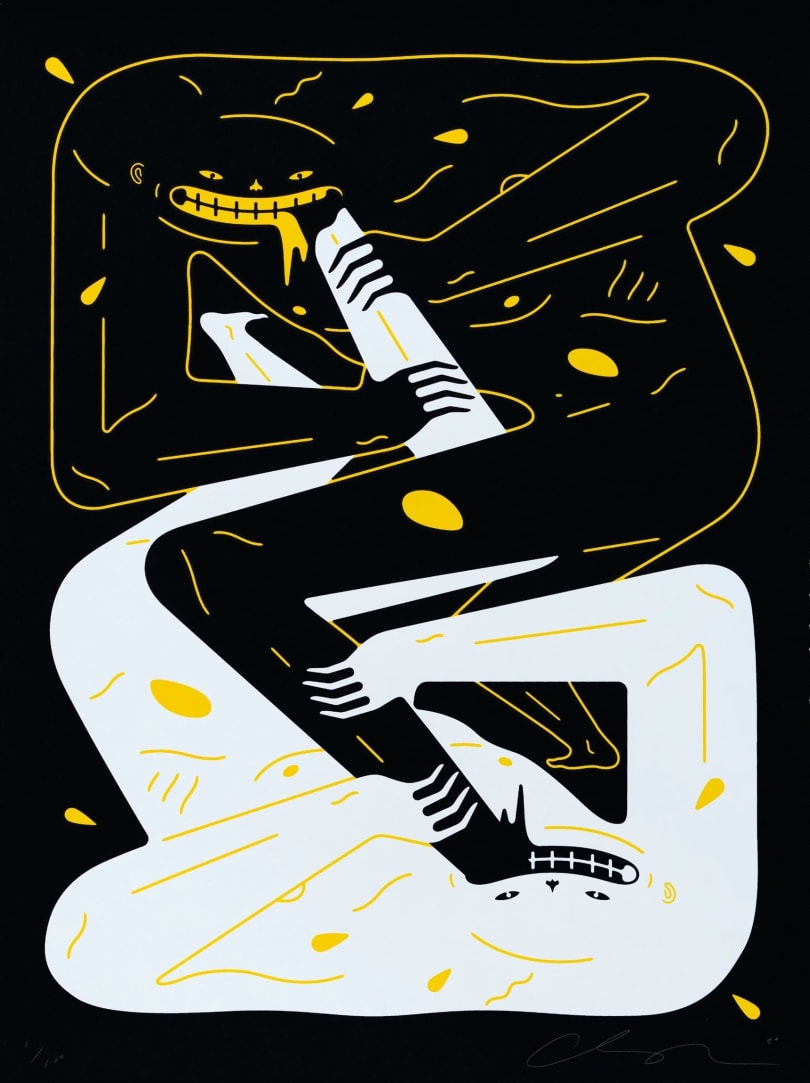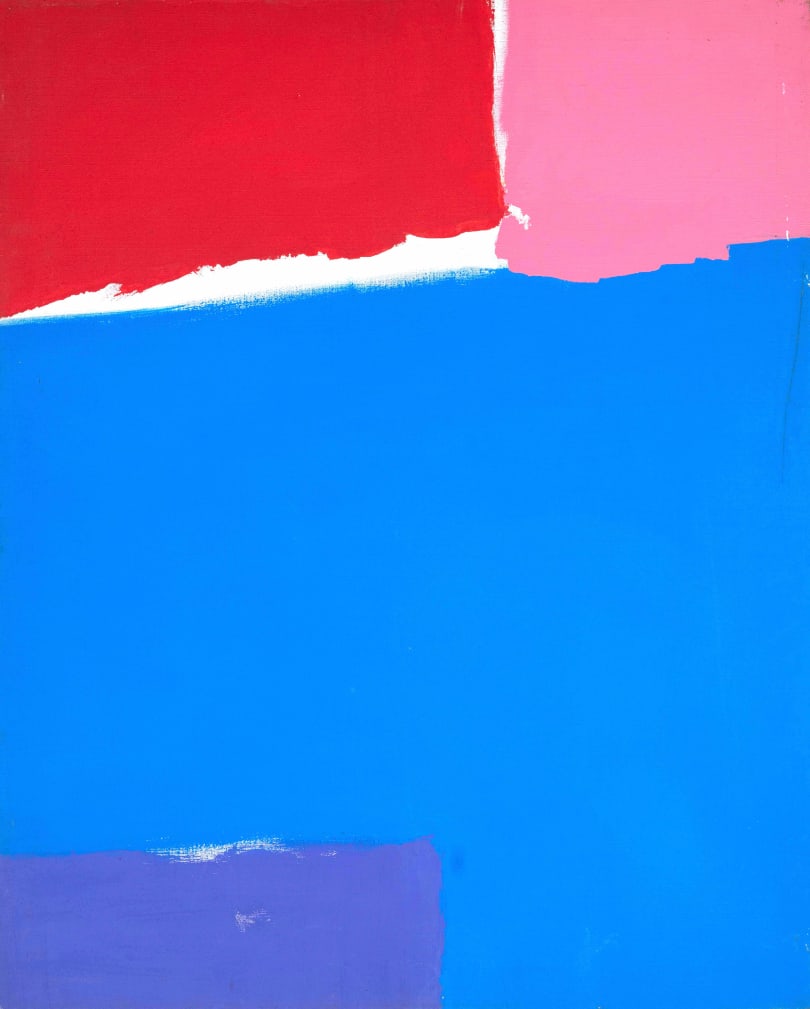
Galerie Louis Carré
Category
PrintTechnique
Lithography on Arches paperDate
1953Dimensions
65 cm x 47 cmMake an offer of
Artwork information
Category
PrintTechnique
Lithography on Arches paperDate
1953Dimensions
65 cm x 47 cmSignature
UnsignedProof(s) of authenticity
Certificate of Provenance issued by the Mourlot familyState of conservation
Very goodFraming
YesLocation
Paris, FranceDescription
This work is an original lithographic poster from the Mourlot collection. It was printed on Arches paper in 1953. Its colours are vivid and intact.
This lithograph is sold framed in a light wood frame.
Provenance
Mourlot Collection
Bibliography
"Gravé dans ma mémoire", Fernand Mourlot, 1979.
The artist

Bio
Fernand Léger was born on 4 February 1881 in Argentan, France.
Draughtsman in an architecture firm, he was admitted in 1903 to the École des Arts Décoratifs de Paris, at the same time attending the Académie Julian and the Louvre. He went through different phases linked to Fauvism, Impressionism and Neo-Impressionism.
The paintings made by the artist before 1910, were lost or destroyed by the artist. Between 1906 and 1908, Fernand Léger travelled regularly to Corsica, then settled in Paris, near Montparnasse. There he met other young artists and poets.
He was strongly influenced by Paul Cézanne, Pablo Picasso and Georges Braque. However, he differs from the last two by a systematic search for contrasts of form.
Fernand Léger's career was interrupted by the First World War, the artist became a soldier. In 1918, he returned to Paris and the themes of his works changed radically. Fernand Léger mainly represents urban dynamism and machines.
During the 1920s, the figure reappears in his creations. The experience of the war encouraged Fernand Léger to turn to new subjects and new media. He tried his hand at cinema, and in 1924, he directed "le Ballet mécanique", a film without a script.
In the 1930s, Fernand Léger offered more accessible works to the general public, his works have an iconic character.
In 1940, Fernand Léger left occupied France for the United States. He said that New York was "the most formidable spectacle in the world". He notably produced a series on divers, one on acrobats and one on cyclists. There he invented the principle of colour outside, by which he dissociated colours and shapes.
On his return to France in 1945, Fernand Léger joined the French Communist Party. He returned to his studio in the rue Notre-Dame-des-Champs and opened a school in Montrouge, then in Paris.
At the end of his life, the artist was animated by the ideal of art for all, so he launched himself into monumental projects, for commissions of sacred art: the chapel of Assy, the church of the Sacré-Cœur of Audincourt...
He also responds to commissions for buildings such as the University of Caracas or the United Nations Plazza in New York.
Fernand Léger died on 17 August 1955 in Gif-sur-Yvette, France. Nadia, his wife, and Georges Bauquier, his assistant, inaugurate the Fernand Léger National Museum, on a plot of land bought by the artist in Biot.



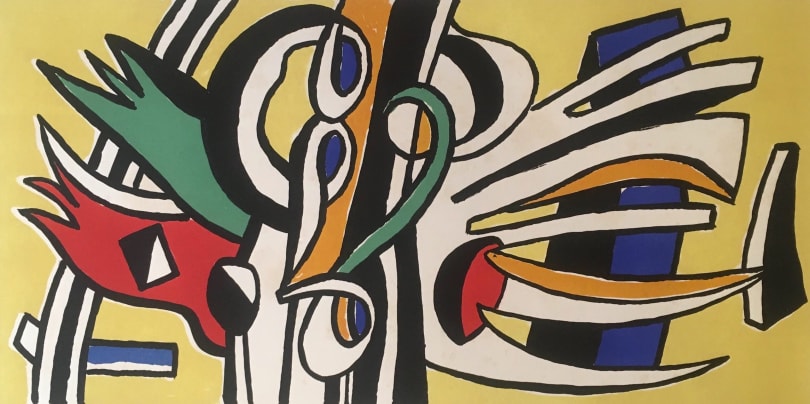

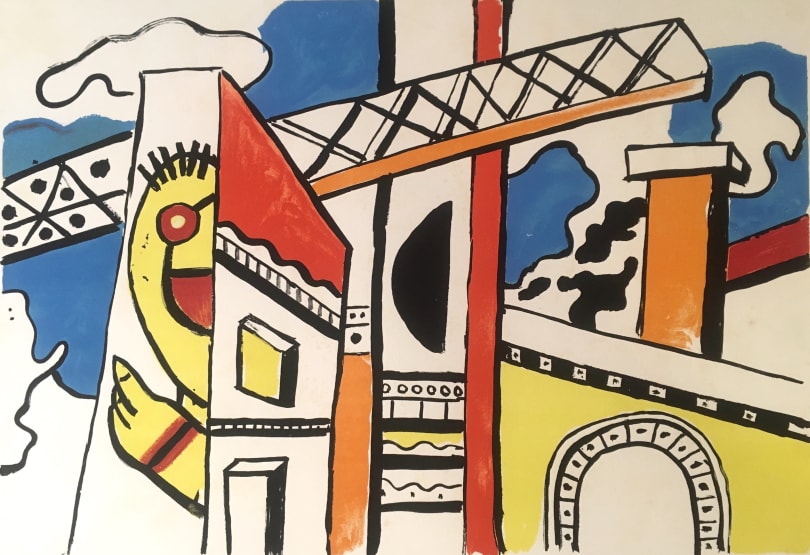





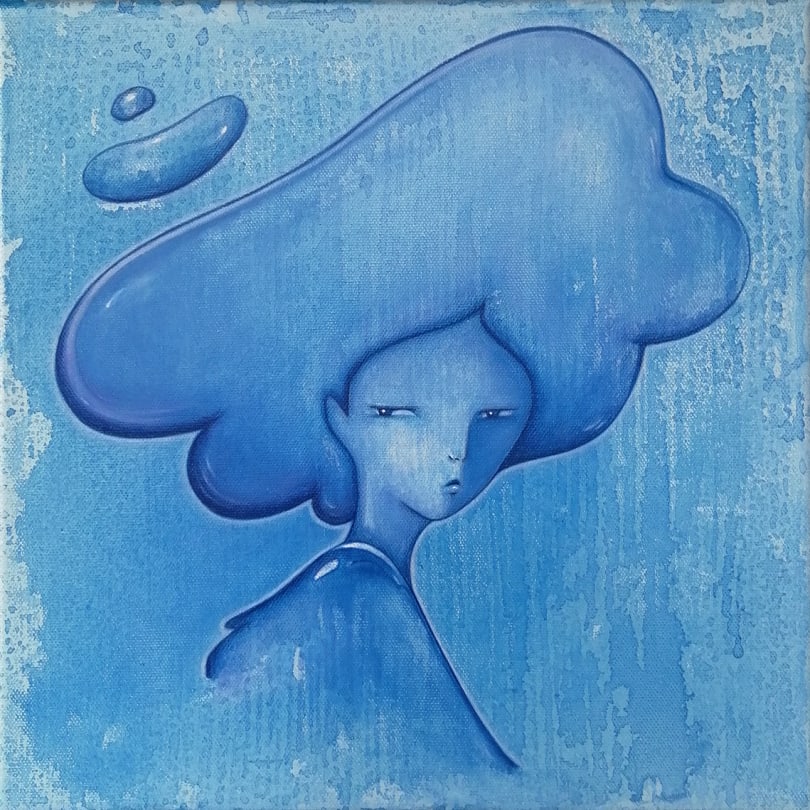



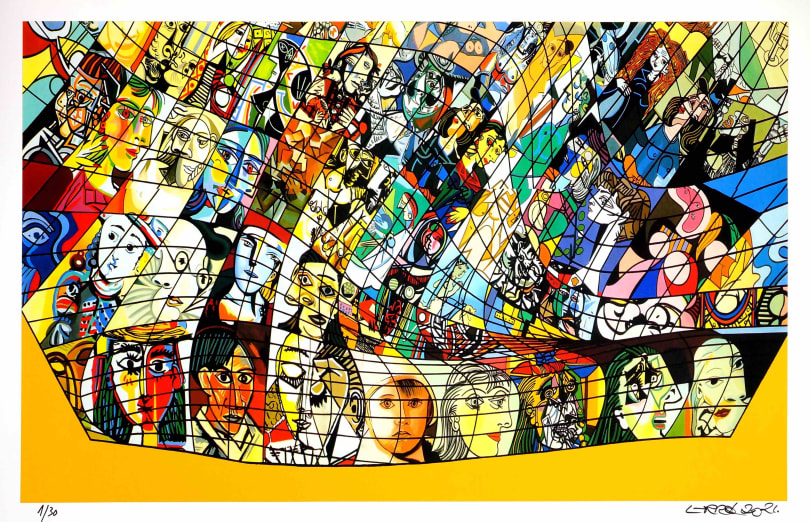
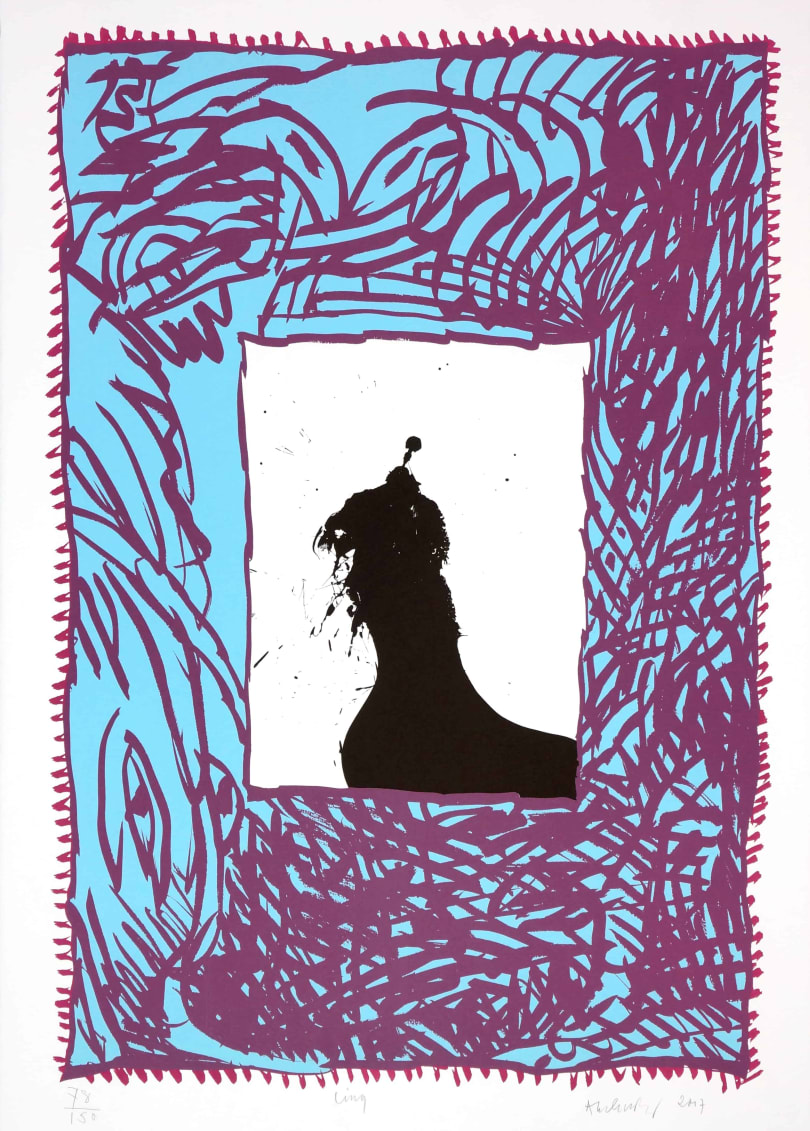







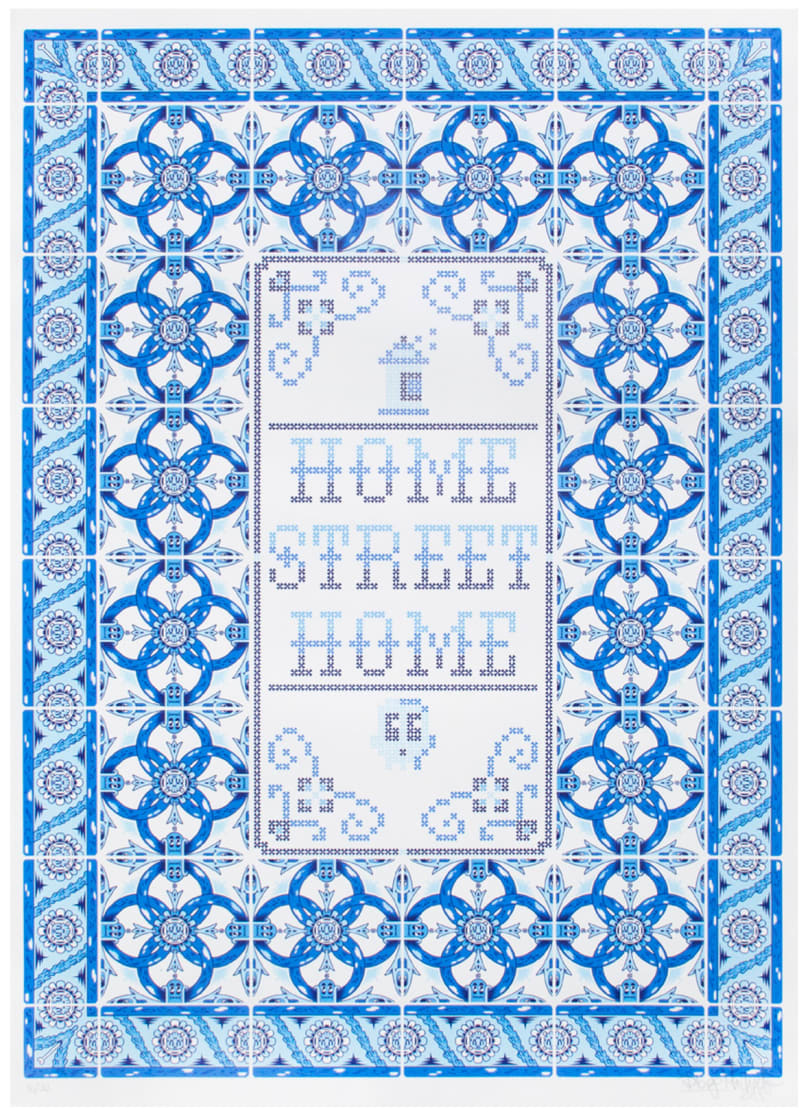






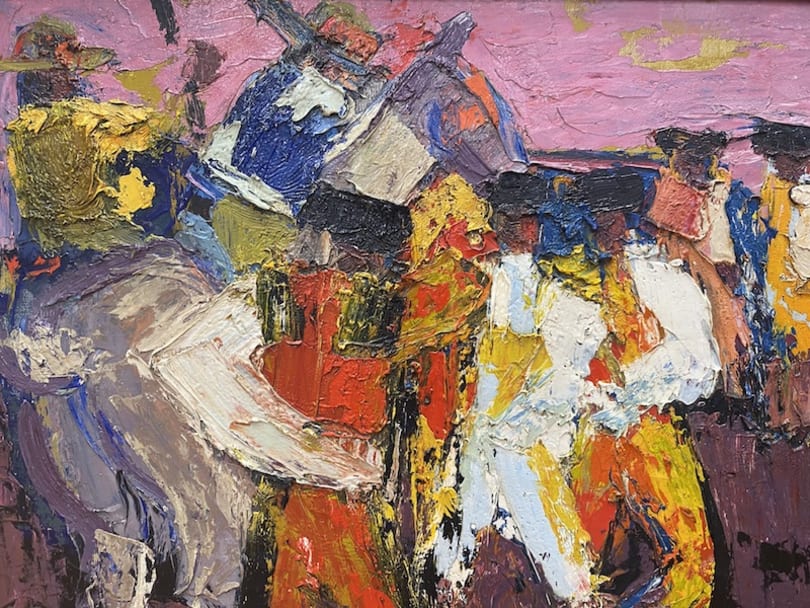
.jpg)


.jpg)


